How To Get There
Nestled between shady Casuarina trees and white sandy beaches, Tanjung Rhu Resort Langkawi overlooks the alluring Andaman Sea. The resort offers easy access to various attractions and experiences around Langkawi Island that is focused on nature, arts, culture and local crafts. It is about a 30-minute drive from Langkawi International Airport and 40 minutes away from Pantai Cenang.
Our Destination
Explore the very best of Langkawi with its range of unique experiences while staying at Tanjung Rhu Resort Langkawi. Whether you wish to discover cultural gems, nature walks and one-of-a-kind itineraries, there’s an adventure to be had by everyone.
Limousine Services
All direct bookings via our website or our reservations team include return airport transfer. Guests booking via other channels may also reserve limousine service to and from the Langkawi International Airport at an additional charge. Options include Toyota Vellfire, BMW 7 Series and BMW X1. Find out more at inquiry@tanjungrhu.com.my
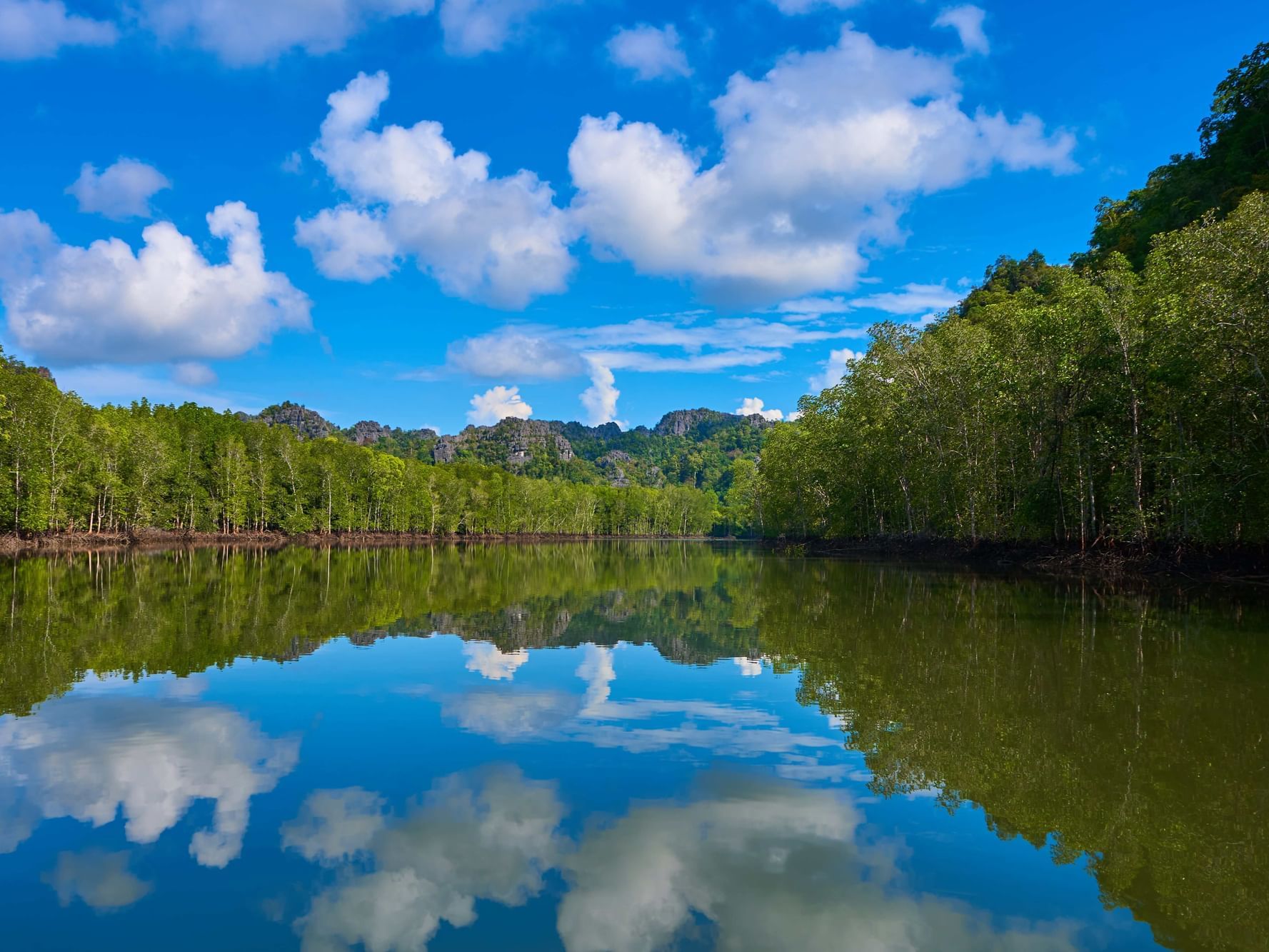
Mangrove Tour
See a different side of Langkawi as you cruise through the Langkawi UNESCO Global Geopark to discover the beauty of the mangrove rainforest, where the ocean and rivers become one.
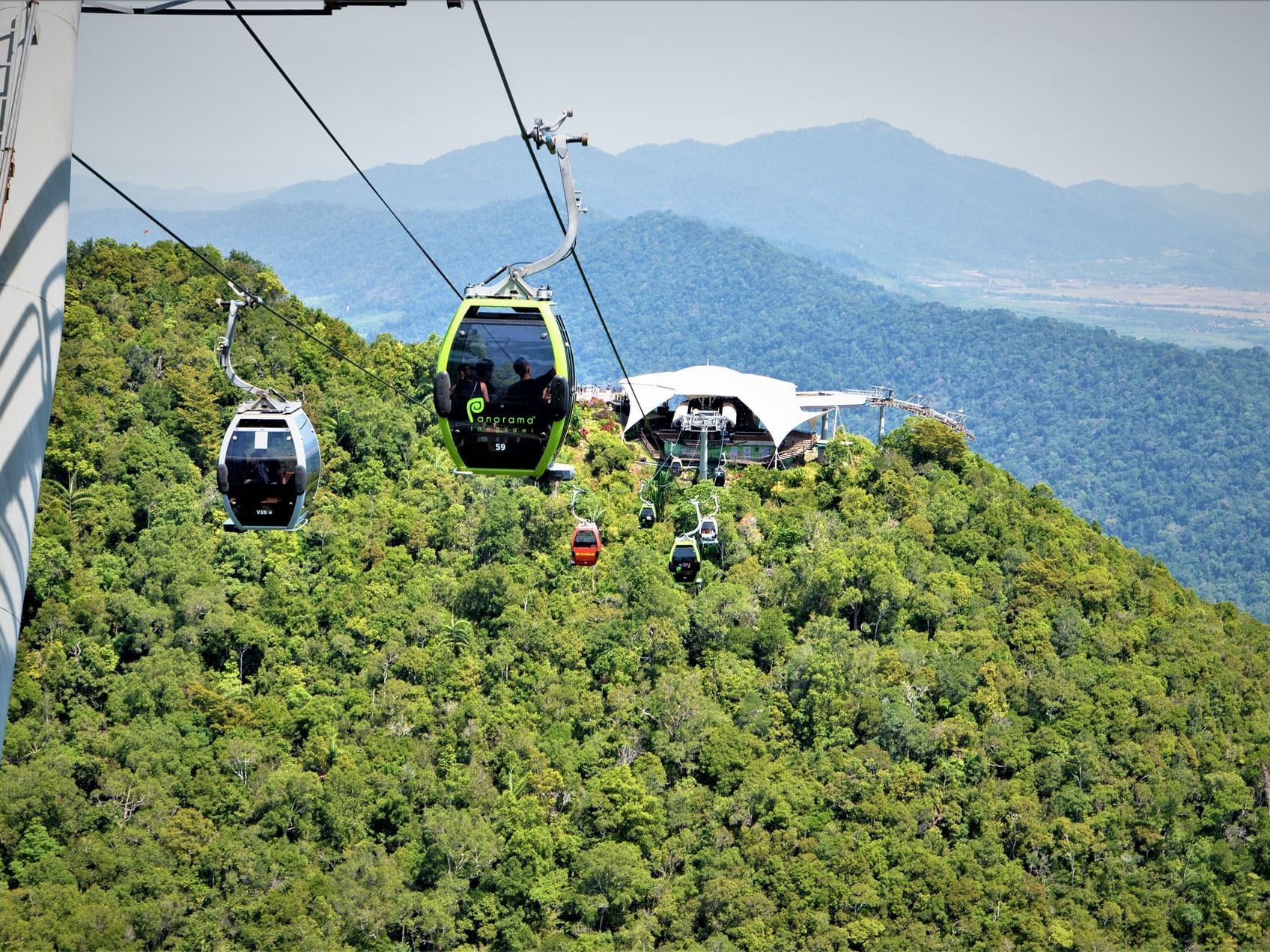
Langkawi SkyCab & SkyBridge
Get front row seats to an amazing cable car experience on the Langkawi SkyCab as it hovers over lush flora and fauna that surrounds the area.

Langkawi Wildlife Park
Witness unique attractions and marvel at the immense variety of wildlife Langkawi has to offer when you visit the Langkawi Wildlife Park.
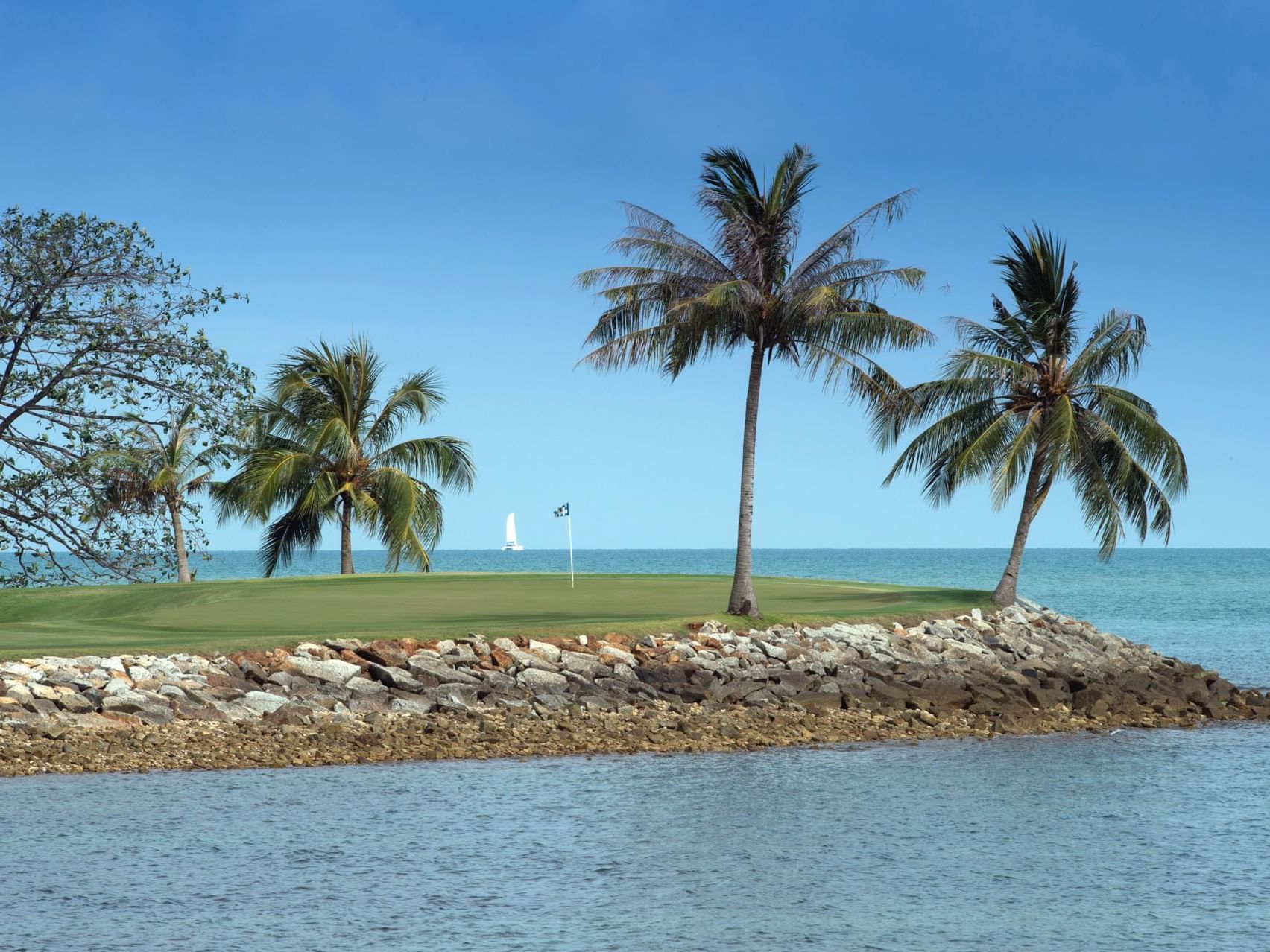
The Els Club & Gunung Raya Golf Course
Golf enthusiasts in Langkawi can expect a different golfing experience with two amazing golf courses to choose from.
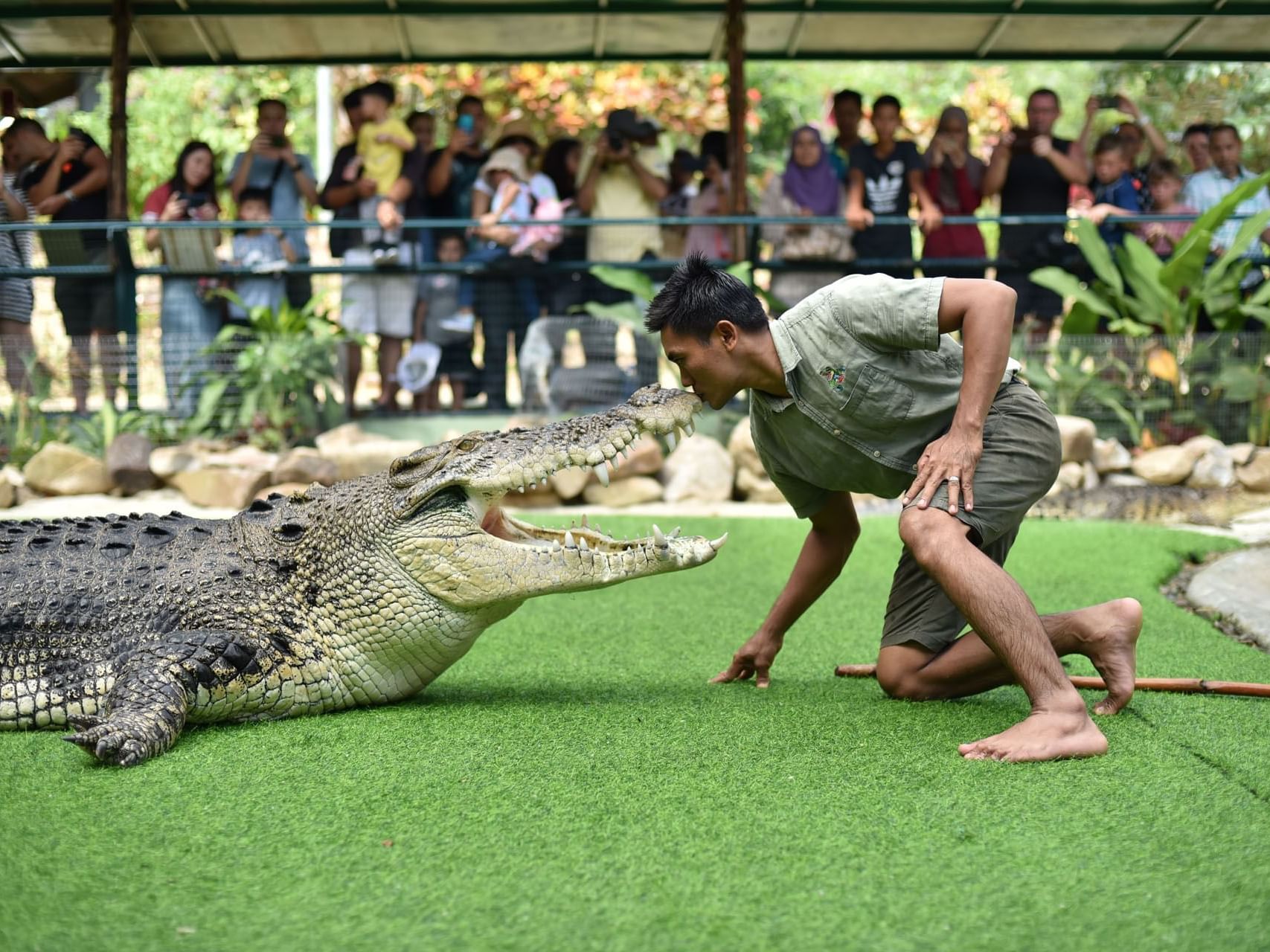
Crocodile Adventureland Langkawi
Take a walk on the wild side with crocodile encounters at the Crocodile Adventureland Langkawi.
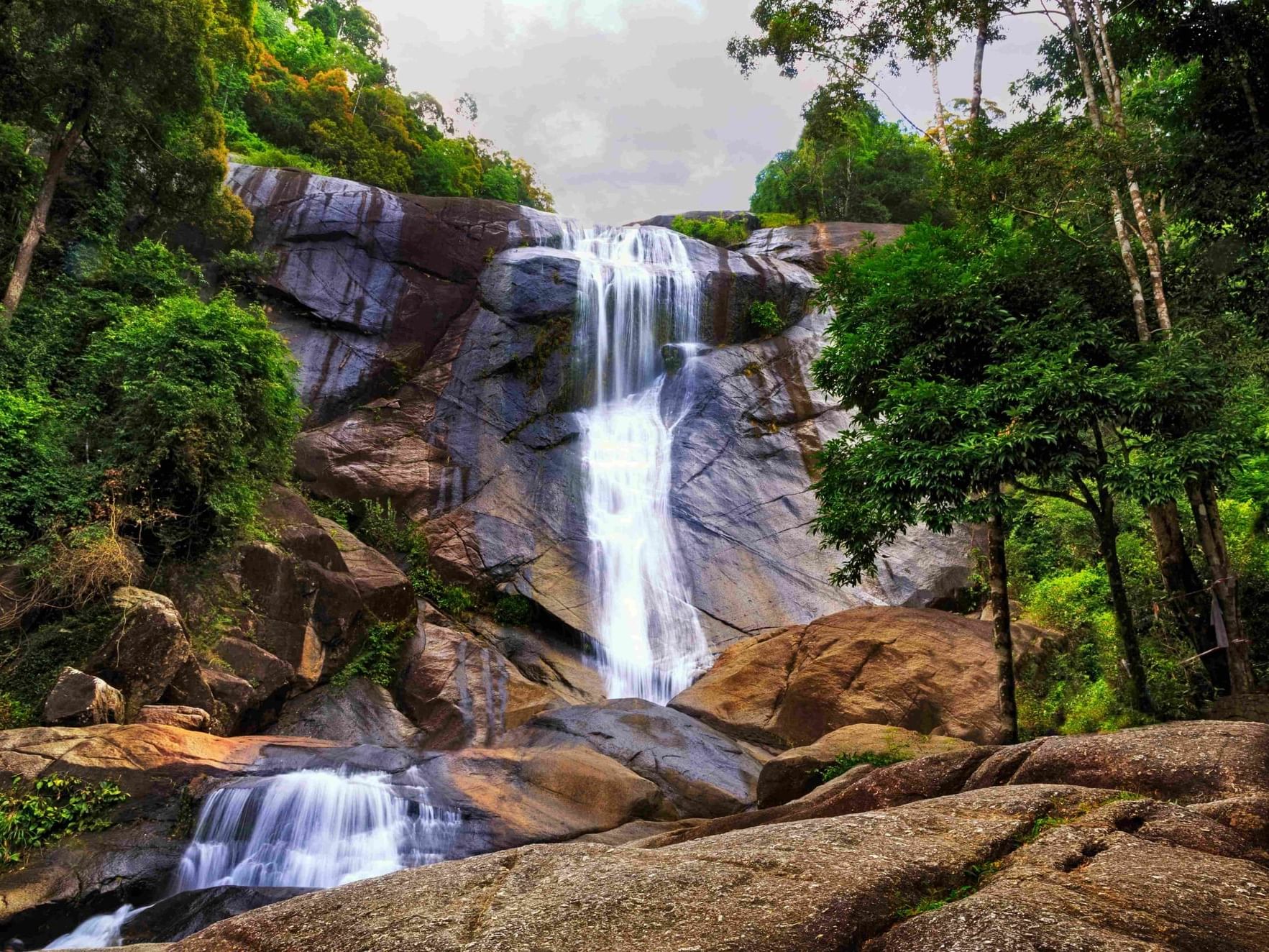
Telaga Tujuh Waterfall
There is no denying the enchanting effect that waterfalls have on us. In Langkawi there are a number of places where you can witness the magnetic power of water plummeting down below.
